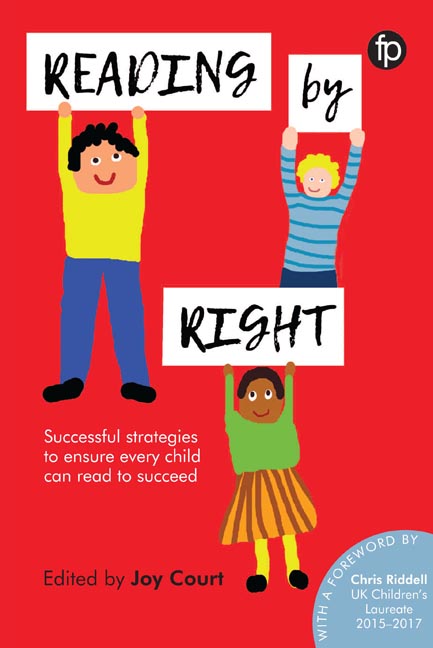Book contents
- Frontmatter
- Dedication
- Contents
- List of figures, boxes, case studies and appendices
- Foreword
- Contributors
- Introduction
- 1 Supporting every child to read
- 2 Listening to their voices: what research tells us about readers
- 3 Becoming a reluctant reader
- 4 Reading Club: a case study from Finland
- 5 Trained reading helpers: Beanstalk's magic ingredient
- 6 Let all children experience the joy of reading: promoting children's reading in Korea
- 7 Reflecting readers: ensuring that no one is excluded
- 8 Pulling in reluctant readers: strategies for school librarians
- 9 Not just for the avid reader: inclusive Carnegie and Kate Greenaway shadowing
- 10 Listen up! How audiobooks support literacy
- 11 Reading the future
- Index
6 - Let all children experience the joy of reading: promoting children's reading in Korea
Published online by Cambridge University Press: 08 June 2018
- Frontmatter
- Dedication
- Contents
- List of figures, boxes, case studies and appendices
- Foreword
- Contributors
- Introduction
- 1 Supporting every child to read
- 2 Listening to their voices: what research tells us about readers
- 3 Becoming a reluctant reader
- 4 Reading Club: a case study from Finland
- 5 Trained reading helpers: Beanstalk's magic ingredient
- 6 Let all children experience the joy of reading: promoting children's reading in Korea
- 7 Reflecting readers: ensuring that no one is excluded
- 8 Pulling in reluctant readers: strategies for school librarians
- 9 Not just for the avid reader: inclusive Carnegie and Kate Greenaway shadowing
- 10 Listen up! How audiobooks support literacy
- 11 Reading the future
- Index
Summary
Introduction
Despite the excessive pursuit of schooling that is often called ‘education fever’, Korea's enthusiasm for children's reading started only in the early 1990s. Parents’ call for better books for their children encouraged publishers to discover competent Korean writers and illustrators and to introduce plenty of translated books to young Korean readers. The government's policy to actively support school libraries from 2003 to 2007 also had a positive influence on children's reading experience. A variety of projects to promote children's reading showed that such efforts can help reluctant and struggling readers to develop an interest in books. This chapter will introduce case studies of projects that have guided children and young adults into the joy of reading and further invited them to regard books as their best friends for life.
Systems surrounding Korean children's reading
Korea is well known for parents’ extreme devotion to their children's education. ‘Kyoyuk yol’ (literally translated as ‘education fever’) is a special term indicating this national obsession with education (Seth, 2002, 1). Michael J. Seth, the author of Education Fever: society, politics, and the pursuit of schooling in South Korea, summarises the reality of Korean education that surprised him, from his American perspective:
Everywhere there are ‘cram schools’ (hagwon), where elementary, middle, and high school students study late in the evening and on weekends. Every neighborhood has a store selling textbooks, supplementary readings, and guides to the entrance examinations. Adults, too, study at night schools, attempting to advance their education. Real estate prices depend as much on the reputation of local schools as on the inherent desirability of the location or the quality of housing. South Korean families invest heavily in the education of their children, and children and young adults spend a huge portion of their time studying and preparing for examinations. Education pops up in conversation often, and the success of a son, daughter, or grandchild at entering a ‘good’ school is a source of great pride. (2002, 1–2)
(Note: A hagwon is similar to private tutoring but the class size varies from fewer than 10 students to more than 300. The hagwon system is similar to the public school system – usually there are a director, a vice director and classroom teachers in a hagwon, just as there are a principal, a vice principal and classroom teachers in public schools.)
- Type
- Chapter
- Information
- Reading by RightSuccessful strategies to ensure every child can read to succeed, pp. 87 - 106Publisher: FacetPrint publication year: 2017



